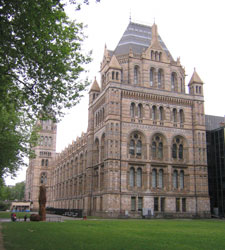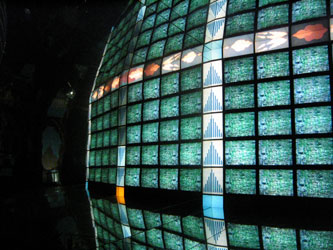On Saturday after lunch at the Italian cafe we headed down the road to the
British Museum. The museum is probably the most ironic in the world because inside you will find nothing to do with Britain per se. What the Museum should really be called is the Absolutely Anything that is not British Museum as it reads as a scrapbook of colonial British conquest and plunder across the world. Inside there are thousands of historic items from Greek, Roman, Egyptian, Chinese, Polynesian (plus a few hundred other cultures) history. The Museum itself is absolutely huge with three wings and a central public atrium joining them all together. Each wing is devoted to a particular geographic/historic region. It is pretty amazing to wander through 8,000 years of human history seeing everything from early African tools to the most complex of Roman carvings.

